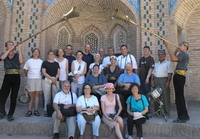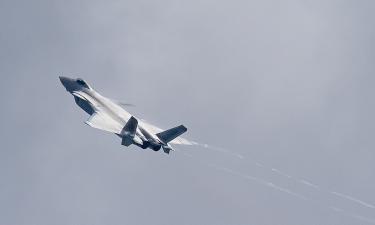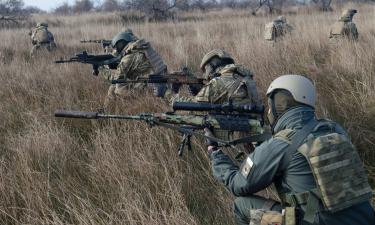Chicago joins Silk Road Project
The local traders in the Midwest are more likely to deal in pork bellies than in jewelry, incense or gems. To hear Yo-Yo Ma tell it, though, this most American of cities is a major stop on the Silk Road.

Chicago is half a world away from the legendary trade route that linked East and Central Asia with Europe, but the distance hasn't kept local cultural institutions from joining the cellist's decade-old Silk Road Project with enthusiasm.
Silk Road Chicago, the project's first citywide collaboration, is approaching the end of a yearlong run involving more than 70 organizations, as well as Ma's own internationally recruited Silk Road Ensemble.
It has brought instruments like Indian sitars, Islamic ouds, and Chinese erhu, suona and pipa into the city's concert venues. It has also filled galleries at the Art Institute of Chicago and other museums with works from Azerbaijan, Iran, Mongolia and Uzbekistan.
"Chicago is becoming a perfect example of a world community, and it is - in a way - the center of our nation," Ma said in a recent telephone interview as he prepared to return to the city for a series of concerts, lectures and other events. "Chicago has a long history of being a place where cultures meet, going at least all the way back to the World's Columbian Exposition of 1893."
There's no denying the popularity of Silk Road Chicago. Last year's inaugural concert brought a record audience of 13,500 to Chicago's downtown Millennium Park, and Ma expects to see an even larger crowd for the finale, which will include hundreds of students from the city's public schools.
"They've each learned rhythmic patterns from various parts of the world and will be an integral part of the performance," Ma said. "I have no idea what it will sound like, but I'm sure it will be well worth hearing."
While many attractions at the 1893 World's Fair would now be seen as racist, Ma said the event was a milestone in global awareness.
"It brought us the World Parliament of Religions, and musically it brought together (ragtime musician) Scott Joplin and (Czech composer) Antonin Dvorak - that's amazing, right there," Ma said. "Now, it's time to continue that process."
Ma, 51, said he was probably preconditioned to look at culture globally. Of Chinese ancestry, born in Paris, he is the son of a musicologist. Although he first came to the United States as a child prodigy, Ma successfully avoided burnout, and he suspects a range of interests may have helped spare him that fate.
Ma studied with his mentor, Leonard Rose, at the Juilliard School in New York, but he also earned a liberal arts degree from Harvard University, where anthropology courses led him to study the music of Africa's Kalahari bushmen.
Such cross-cultural encounters led Ma to some basic philosophic questions.
"How do we define our community?" he asked. "Who are we, and how do we fit into this world?"
Ma says his study of history led him to realize that Eastern and Western cultures are not self-contained, but have mixed since at least the time of Alexander the Great.
"Even something as basic as our Western major and minor keys may have originally come from the amazingly complex modes of classical Persian music," Ma said. "And there's a continual tradition in the West of incorporating music from other parts of the world."
The pattern continues with instruments, too, he said.
"The guitar and the sitar are obviously related - even linguistically. The oud moves west from Persia to become the lute; it moves east to become the pipa. And a European hears an erhu and says it's purely Chinese, a Chinese violin, but in Chinese the word `erhu' means `two-stringed foreign instrument,"' Ma said.
The notion of cultural purity is a dead end, Ma said.
"I have this theory that I share with (Art Institute president) Jim Cuno," Ma said. "It's that nothing great was ever produced in isolation."
Subscribe to Pravda.Ru Telegram channel, Facebook, RSS!



